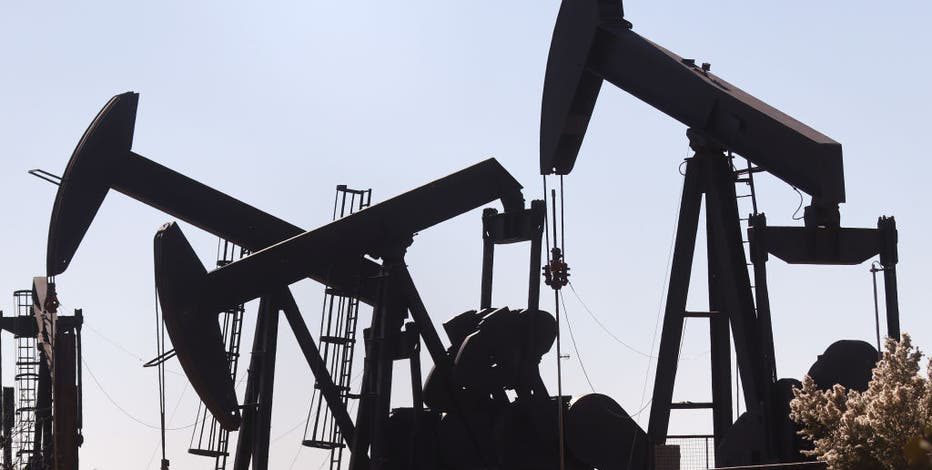Oil prices remained steady on Monday as the United States announced plans to buy up to 3 million barrels of crude for its Strategic Petroleum Reserve (SPR) in March 2024.
According to a report by Reuters, the move comes amid concerns about oversupply and weak demand growth in the global oil market, which have pushed prices down for seven consecutive weeks.
Brent crude futures, the international benchmark, rose 2 cents to $75.86 a barrel by 0913 GMT. US West Texas Intermediate crude futures, the US standard, gained a cent to $71.22. Both contracts jumped more than 2% on Friday after the US Energy Department said it would seek proposals from domestic oil producers to fill the SPR, the world’s largest emergency oil stockpile.
The SPR, which can hold up to 713.5 million barrels of crude, currently has about 624.3 million barrels, according to the latest data. The US government has used the SPR to cushion the impact of oil supply disruptions, such as the 2019 attacks on Saudi oil facilities and the 2005 Hurricane Katrina.
OPEC+ Cuts Not Enough
The US announcement came after the Organization of the Petroleum Exporting Countries (OPEC) and its allies, known as OPEC+, agreed to cut their output by 2.2 million barrels per day (bpd) in the first quarter of 2024.
The group, which includes Russia, Kazakhstan, and Mexico, said the decision was aimed at balancing the market and avoiding a build-up of inventories.
However, investors remain skeptical about the effectiveness of the OPEC+ cuts, as they expect non-OPEC production, especially from the US, Canada, and Brazil, to grow faster than demand next year.
They added that oil prices face a volatile two months before any compliance data from OPEC+ becomes available.
China’s Deflationary Pressures
Another factor weighing on oil prices is the weakening of demand in China, the world’s largest oil importer and second-largest economy. China’s consumer price index, a key measure of inflation, fell 0.6% year-on-year in November, the first decline since October 2009, according to official data released on Friday.
The drop was mainly driven by falling food prices, especially pork, which plunged 12.5% as the country recovered from an outbreak of African swine fever.
The data also showed that China’s producer price index, a gauge of factory-gate prices, fell 1.5% year-on-year in November, the 10th consecutive month of decline.
Chinese officials have pledged to boost domestic consumption and consolidate the recovery in 2024, but analysts say more stimulus measures may be needed to achieve that goal.
A Sustainable Future
While the oil market faces many challenges and uncertainties in the short term, some experts and activists see an opportunity to shift to a more sustainable and clean-energy future in the long term.
At the COP28 climate summit in Glasgow, Scotland, a Dutch-led coalition of 12 countries committed to phase out fossil fuel subsidies within a year and create a clear strategy for eliminating them. The UN Secretary-General Antonio Guterres also said that one key to the success of the summit was to reach an agreement on the need to phase out fossil fuels, albeit at different rates for different countries.
Many countries, companies, and individuals have already taken steps to adopt renewable energy and reduce their carbon footprint, showing that a green transition is possible and desirable.



